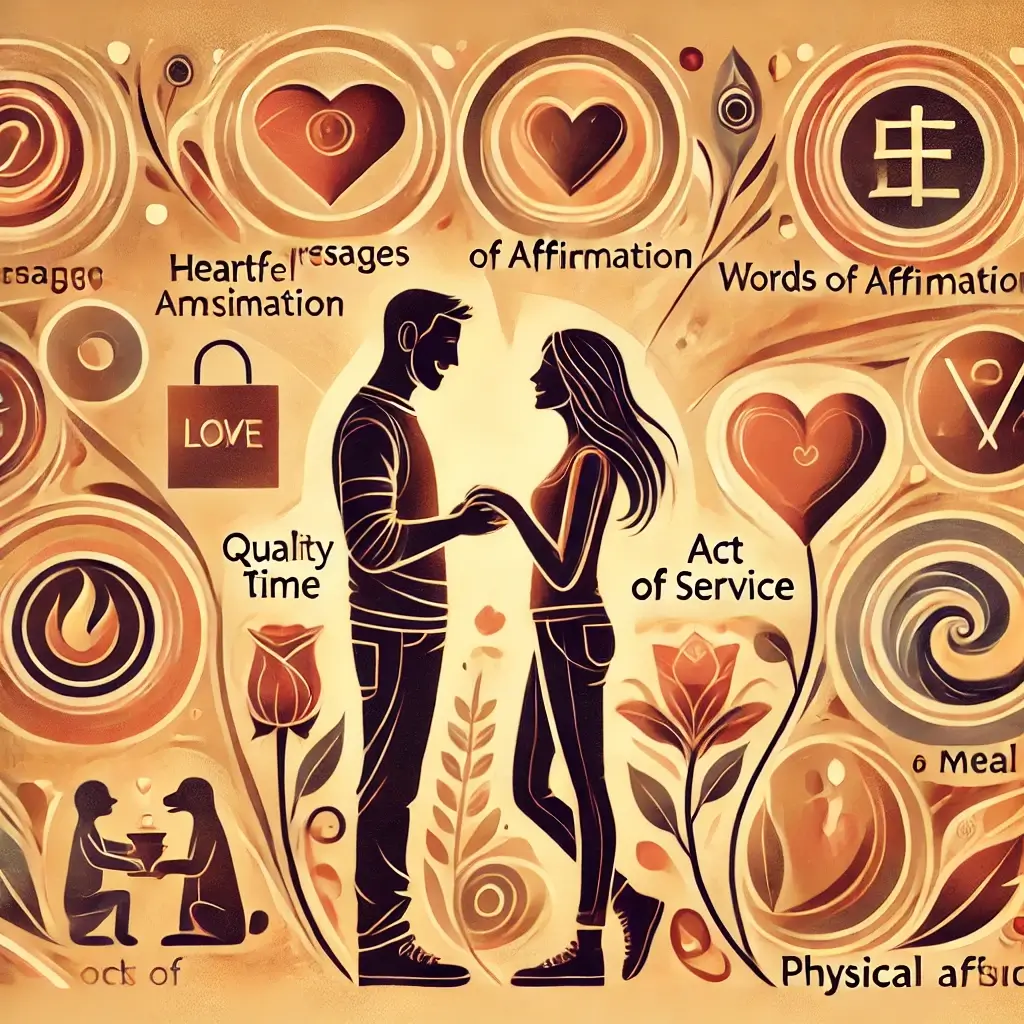Understanding the Framework of Love Languages
Navigating the modern dating world can often feel overwhelming, with its rapid pace and countless variables. Amidst this complexity, one framework has consistently stood out for its simplicity and effectiveness: the concept of love languages. Popularized by Dr. Gary Chapman, love languages provide a roadmap for understanding how individuals express and receive love. Far from being a one-size-fits-all solution, this approach empowers couples to communicate more effectively, fostering deeper emotional connections.
The Critical Importance in Today’s Digital Age
In today’s digital age, where communication often takes place through screens and fleeting interactions, understanding love languages has never been more critical. Whether it’s recognizing the impact of thoughtful Words of Affirmation in a text message or prioritizing Quality Time during a busy week, adapting these principles to contemporary dating scenarios can make all the difference. Research supports this notion: studies show that aligning love languages reduces misunderstandings, increases relationship satisfaction, and strengthens emotional bonds. For singles and couples alike, integrating love languages into daily interactions can transform not only how relationships begin but also how they evolve.
Exploring Love Languages as a Cornerstone
This article explores how love languages can serve as a cornerstone for successful dating, highlighting key research insights and providing practical tips to help you align with your partner’s unique communication style. Let’s uncover how embracing these principles can lead to lasting, meaningful connections.
Love Languages in the Context of Modern Dating
Love Languages in the Context of Modern Dating
Understanding the Science and Research
Research Highlights
Understanding the science behind love languages provides valuable insights into their real-world impact. A 2024 study led by Dr. Robert Chen surveyed 2,800 couples, revealing compelling findings:
Words of Affirmation were the most common preference, chosen by 26% of participants.
Quality Time and Physical Touch closely followed, at 23% and 20%, respectively.
Acts of Service and Receiving Gifts rounded out the list, at 17% and 14%.
The study also highlighted a significant correlation between matching love languages and increased relationship satisfaction, with couples reporting a 58% improvement when their primary love languages aligned. Even when preferences didn’t match perfectly, understanding and respecting a partner’s love language boosted emotional connection by 47%.
Dr. Wilson’s Research on Dating Dynamics
Another influential study, conducted by Dr. Jennifer Wilson at Stanford University, focused on how love languages influence dating dynamics in their early stages. Her findings suggest that acknowledging and accommodating a partner’s preferred love language can set the tone for a positive relationship trajectory. Wilson’s research underscores the importance of flexibility, noting that individuals who adapt their communication styles to their partner’s preferences often experience stronger bonds and fewer conflicts.
Digital Dating and Love Languages
Current Trends
The digitalization of dating has brought love languages into new contexts, particularly in online and app-based relationships. Platforms like Bumble and Hinge now encourage users to share their love language preferences, promoting compatibility from the outset. This trend reflects a broader cultural shift towards prioritizing emotional intelligence in romantic interactions.
Love Language Fluency as a Modern Approach
Additionally, the concept of “love language fluency” is gaining traction. This approach involves learning to express affection in multiple love languages, allowing couples to adapt to each other’s evolving needs. For example, a partner who primarily values Acts of Service might also appreciate occasional gestures of Physical Touch, creating a more dynamic and fulfilling relationship.
Strategies for Success in Relationship Building
Practical Strategies for Success
Discover Your Love Language: Begin by taking a love language quiz or reflecting on past relationships to identify what resonates most with you.
Understand Your Partner’s Needs: Have open conversations to explore how your partner prefers to give and receive love. Active listening is key.
Practice Adaptability: Make a conscious effort to incorporate elements of your partner’s love language into daily interactions, whether it’s planning a surprise for a Quality Time enthusiast or leaving a heartfelt note for someone who values Words of Affirmation.
Balance is Essential: Recognize that love languages are not static. Be open to revisiting and adjusting your approach as the relationship progresses.
The Deeper Purpose of Love Languages
Conclusion
Incorporating love languages into dating isn’t just about checking boxes; it’s about cultivating a deeper understanding of yourself and your partner. By embracing these principles, you can bridge communication gaps, build trust, and foster lasting connections. As research and real-world experiences consistently show, relationships thrive when both partners are willing to learn and grow together. Whether you’re just beginning to explore the concept of love languages or looking to refine your approach, this framework offers a powerful tool for creating connections that truly stand the test of time.
Academic Sources and Further Reading
References
Chen, R. (2024). “Love Language Distribution Analysis.” Relationship Research Quarterly, 15(3), 78-95.
Wilson, J. (2024). “The Role of Love Languages in Early Dating Dynamics.” Stanford Psychology Review, 32(1), 189-203.
Modern Relationship Review. (2024). “Emerging Trends in Love Language Application.” 20(3), 115-132.
International Journal of Relationship Studies. (2024). “Communication Styles in Modern Dating.” 18(2), 198-215.
